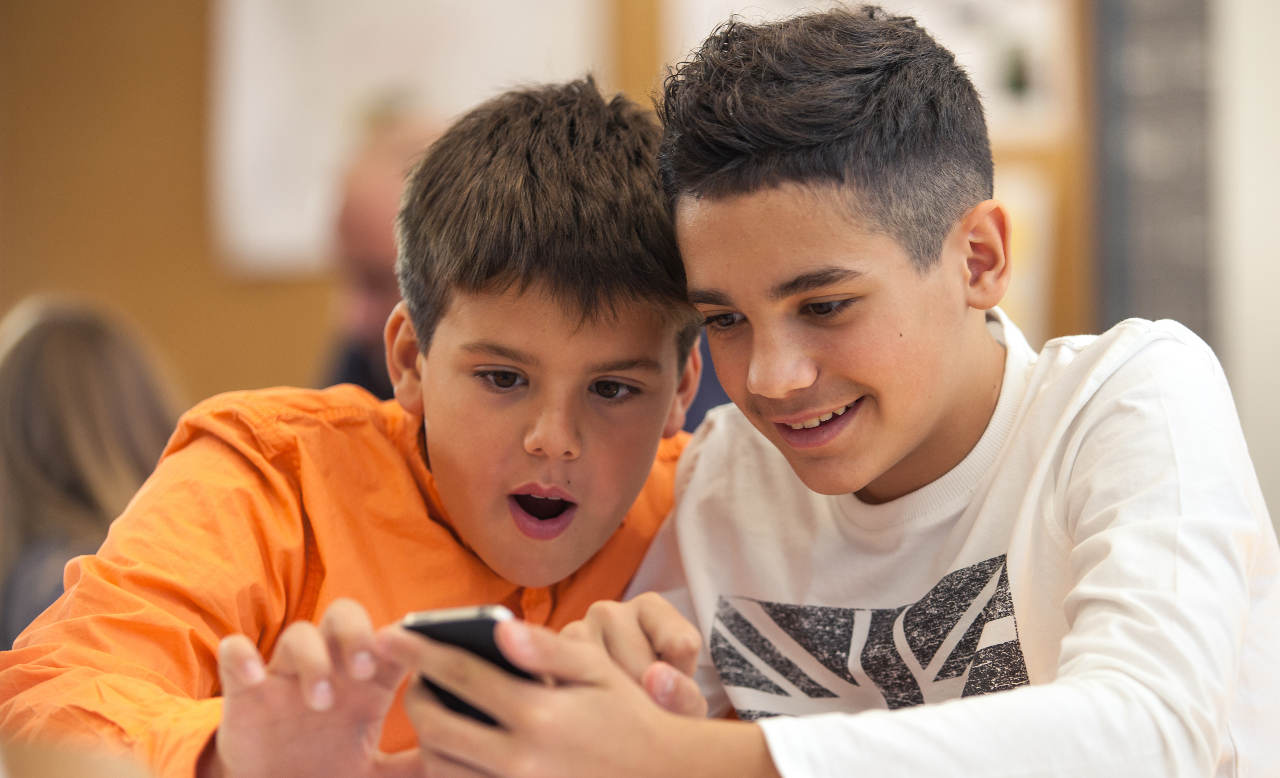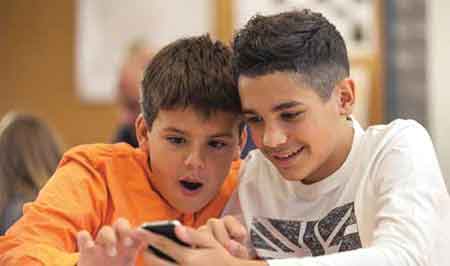TWITTER CHATS FOR STUDENTS

Right now, as you read this, there’s likely a Twitter chat happening. Educators are tweeting, learning, and sharing ideas, leveraging the power of social media. Dozens of these conversations take place regularly, every day of the week. When I participate in them, these chats often challenge my thinking and I discover new ideas and make meaningful connections.
So I decided to give it a try in my classroom. If it’s a valuable learning experience for educators, we can extend the learning to our students, too. We planned to discuss, through an outer circle of Twitter conversation and an inner circle of face-to-face dialogue, the conclusion of a text we had all read. These digital natives would surely jump right in and see the exponential power of social media. Or so I thought. But I was wrong—at least at first. Participation was forced, shallow, and awkward. And I panicked.

After some reflection and some great conversation with the students, we tried it again and succeeded. Their in-person and online chats were meaningful, powerful, and collaborative. Once we found our groove—and our purpose— the Twitter chat was a great addition to our class. It took work to get there, though. On the journey to find success and real learning, I learned these three lessons:
1. LEARNING FIRST
Why a Twitter chat? I liked the idea because it was tech-forward and innovative, but I needed to make sure that the Twitter chat was the best activity, based on solid learning objectives. In the middle of our first attempt I revised my questions because they were too closed and didn’t lead to higher-level thinking. The students weren’t engaged and participating enough, and it was because the questions and lesson simply weren’t there yet. It’s sometimes tempting to put the shiny and innovative first, but I had to take a step back and reassess my lesson plan to make sure that students and learning were taking priority.
2. ENGAGING STUDENTS WITH TWITTER
My students quickly taught me that, for them, Twitter isn’t cool anymore. They had moved on to Snapchat and Instagram, and while many still had Twitter accounts, it took work to help them appreciate its value. We researched the power of Twitter for schools, created professional accounts, learned about digital footprints, and shared work with a worldwide audience. Some students are willing to try anything, but it took this foundational work to engage many students in the learning activities. Especially when we’re trying something new, innovative, or controversial, I think it’s essential for students to understand its value.
3. QUALITY OVER QUANTITY AND SPEED
There are times when educational Twitter chats overwhelm me. Tweets come flying in so quickly that it’s hard to keep up as a follower, let alone as a participant. I completely underestimated the value of wait time for this activity. At first, I assigned a specific number of Tweets per question for each student, but I didn’t allow enough time for students to process, share, and interact. One solution was to reduce the number of questions, which meant that students answered the questions more thoughtfully and took the time to reflect on and interact with others’ responses. Technology can make things more efficient, but we all need time to think and process—especially our students.
In the end, the Twitter chat was a great learning activity for my students. It built on our work with social media and digital citizenship, gave every student a voice and audience, and led to more in-class contributions than ever before. But just because our students are digital natives doesn’t mean that they’re all ready to use that technology and media in schools and for learning. The success of the chat was a reminder of the power of social media, but the groundwork it required was a good reminder to always put learning before technology.
Tech & Learning Newsletter
Tools and ideas to transform education. Sign up below.
